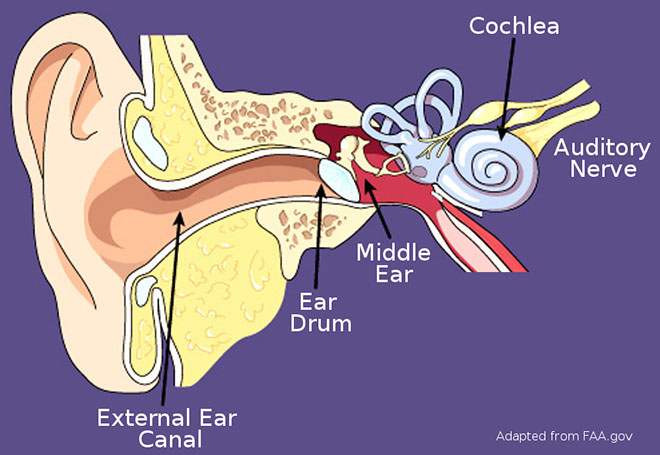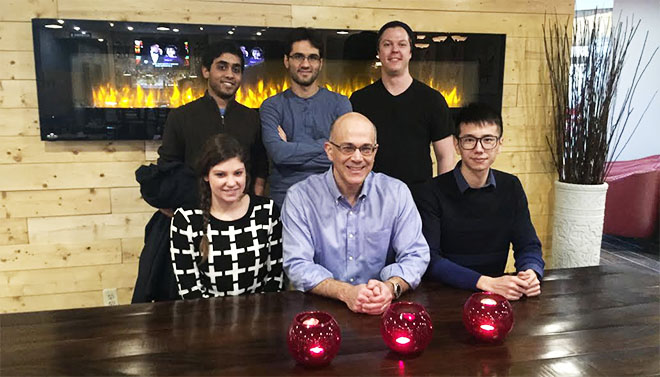BY BRANDON PATTERSON AND MARC T. HENRY DE FRAHAN
From the beep of the morning alarm to chats with friends and coworkers and the sweet tunes of your favorite band, we are constantly surrounded by sound. We rely so much on hearing and sound for business, pleasure, and awareness of our everyday lives that, for most of us, a life without hearing is unfathomable. But for 70 million deaf people, this silence is reality. And it’s this reality that University of Michigan mechanical engineering Ph.D. student Aritra Sasmal is trying to understand and improve.

In many cases, severe deafness is a result of problems with a part of the inner ear called the cochlea. At first glance, the cochlea appears to be little more than a pea-size tube, curled up like a snail shell and embedded deep inside the ear. But it is so much more than that. The cochlea is responsible for translating tiny changes in air pressure, i.e., sound, into something that the brain can recognize. Different sounds vibrate different parts of the cochlea, allowing us to hear high pitch sounds like glass shattering, and low pitch sounds like a fog horn. Tiny hairs within the cochlea sense these vibrations and then send bursts of electricity to the brain for interpretation. Though the cochlea is in general very robust, damage from loud sounds and genetic abnormalities can lead to hearing problems. The cochlea has many parts, and there are a lot of things that can go wrong.
While solutions to hearing problems associated with the cochlea exist in the form of cochlear implants, these solutions have serious drawbacks. The implant itself has a bulky piece that remains outside the ear, and a small internal piece that is inserted into the skull through a highly invasive surgical procedure. Additionally, it is far less effective than a healthy ear at capturing sound and it is often prohibitively expensive. For scientists and engineers to develop an effective implant which can replicate natural hearing, it is important to have a detailed understanding of the cochlea.

Understanding the different ways that the cochlea responds to sound is precisely the problem that Aritra and others in Professor Grosh’s Dynamics and Vibrations Laboratory are tackling. Based on experiments, it seems that the cochlea itself is far from a passive organ. It appears to actively amplify sounds, allowing us to hear everything from the quietest whispers to the loudest thunder. How the cochlea does this is the mystery that Aritra toils away at day in and day out. Aritra, together with his labmate Amir, is trying to understand the connection between the cochlea’s power source and the motors that move the tiny hairs responsible for translating sound into signals for the brain. These tiny motors are actually proteins and they need to act in unison with extremely precise timing, like a choir working together to produce beautiful music.
To try to figure out how exactly this works, Aritra and Amir, use knowledge of the cochlea’s structure and protein motors, along with a bit of physics to try and come up with math and equations to describe the cochlea’s behavior. When they think they are onto something that can describe the cochlea, to test their theories, they compare their work to the results of experiments that others have performed on animals. Aritra believes that understanding these motors and how they work with the rest of the cochlea could be the key to unlocking the mysteries of hearing loss.
The hope is that the improved understanding of the cochlea achieved through Aritra and his labmates research will lead to better solutions for those with hearing loss. For people who are starting to have hearing problems, Aritra thinks that a better understanding of how these motors work in the cochlea will help us better identify some of the underlying causes of hearing loss and may eventually even help us to find ways to slow down or even reverse the damage. For those who have already lost their hearing, his work will help with the creation of better, more efficient, and cheaper cochlear implants.
